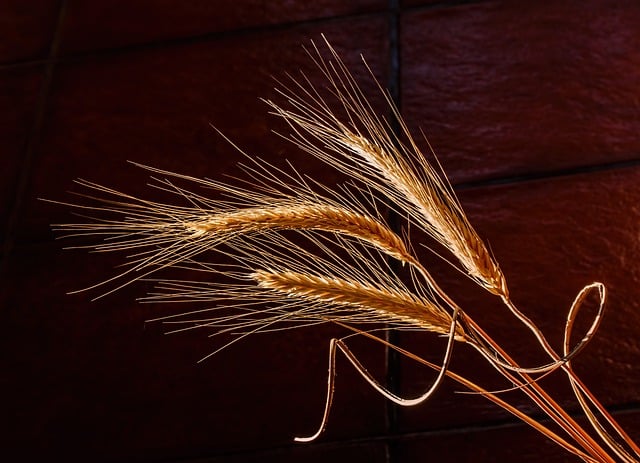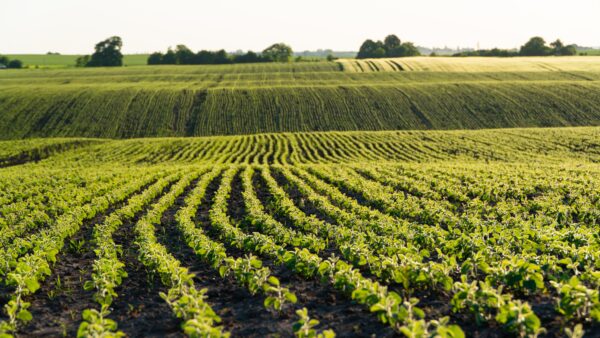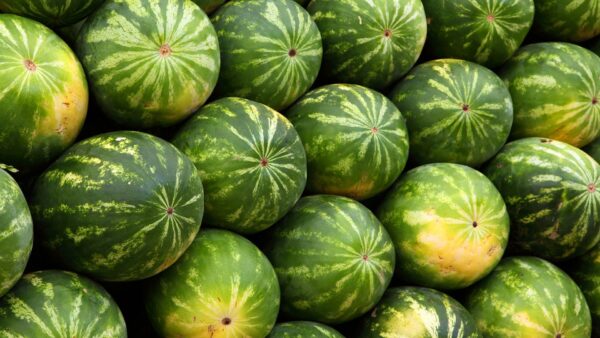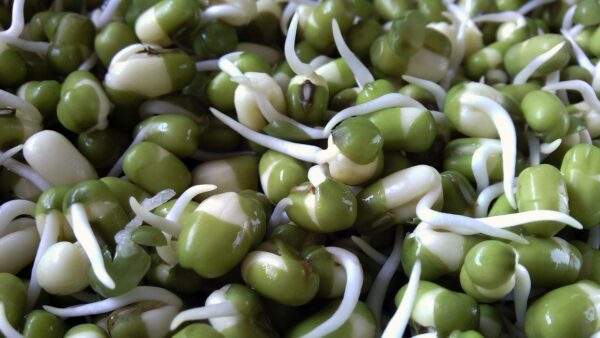One of the world’s oldest biological experiments has revealed the ways barley has adapted to changing environments and selective pressures.
University of California-Riverside researchers have uncovered how barley, a major crop, was shaped by agricultural pressures and its changing natural environment through one of the world’s oldest biological experiments, which began in 1929. The results, recently detailed in the American Association for the Advancement of Science, highlighted the significance of long-term studies in understanding adaptive evolution dynamics.
Barley, an important Neolithic crop, spread widely after domestication over 10,000 years ago, becoming a staple for humans and livestock across Europe, Asia and Northern Africa over just a few thousand generations. This rapid expansion exposed the plant to strong selective pressures, including artificial selection for desired traits and natural selection for adapting to diverse environments.
Previous research on early barley cultivars identified some of the plant’s population genetic history and mapped genetic loci that contributed to its spread. However, understanding the speed and overall dynamics of these processes required direct observation. Jacob Landis and his University of California-Riverside colleagues leveraged the barley composite cross II (CCII), one of the world’s oldest and most long-term evolutionary experiments, to observe the process of local adaptation of barley over nearly a century.
CCII, a multigenerational common garden experiment, began in 1929 to adapt a genetically diverse population of 28 barley varieties to the environmental conditions of Davis, California. Although the experiment started with thousands of genotypes, Landis et al. demonstrated that natural selection drastically reduced this diversity, leading to the dominance of a single clonal lineage by generation 50. This successful lineage primarily composed of alleles originating from Mediterranean-like environments, like that of Davis.
The findings revealed that genes targeted by selection indicated a major role for climate during adaptation, including strong selection on reproductive timing. Landis wrote, “We found considerable evidence that local adaption dominates evolution in this experiment. However, despite early, rapid gains in yield in CCII, the evolutionary breeding approach failed to keep pace with the gains observed from pedigree-based breeding methods. Understanding why the most competitive genotypes produced during local adaptation are not necessarily the highest yielding will be of great interest in the future.”











